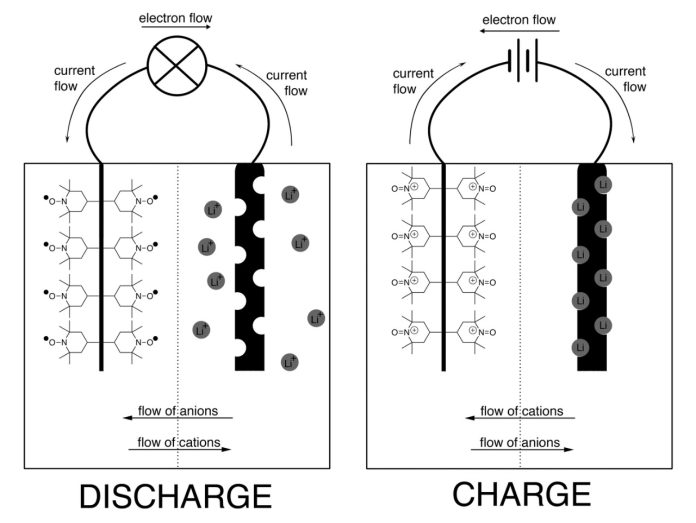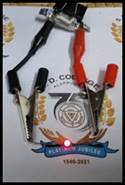The new low-cost, polymer-based electrodes can increase electrochemical performance of supercapacitors in wearable integrated devices
By PIB Delhi
A new low-cost, pristine, conducting polymer-based electrode/redox-active electrolyte combination can give enhanced electrochemical performance and cycling stability to supercapacitors, facilitating energy storage and powering in wearable integrated devices.
With the energy demands of the modern world growing, the quest for novel methods and materials for renewable energy harvesting and storage has become a hot area of research. Supercapacitors or ultracapacitors are one of the thrust areas in energy storage technology as they combine the characteristics of conventional capacitors and batteries to give a sudden kick-start to devices by providing a large amount of power and sustained energy release.
The electrode materials of supercapacitors play a vital role in determining the performance and stability of these energy devices. Conducting polymers, like polyaniline and polypyrrole, are excellent candidates for electrode materials owing to their flexibility, stability, and tunable electrical and electrochemical properties. They are also inexpensive, lightweight, and can be synthesized easily. However, supercapacitors fabricated using these electrodes fail to sustain the initial electrochemical capacitance after a few cycles of continuous operation. The poor energy density of these devices is another issue that limits the use of these devices in practical applications.
The Materials for Energy Storage and Optoelectronic Devices Group, headed by Dr. Sreekanth J. Varma of the Physics Department of Sanatan Dharma College, Alappuzha, has found a strategy to improve the performance of poly aniline (PANI)-based supercapacitors and has achieved very high Specific Capacitance per unit of area or areal capacitance and prolonged cycle life. They found that electrodes made from pristine, porous, conducting, and high-molecular-weight PANI synthesized by self-stabilized polymerization (SSDP) when used with an electrolyte powered with an additive that boosts redox reactions (redox-additive) can drive these energy storage devices to deliver incredible performances.
The lightweight symmetric supercapacitors fabricated using these electrodes outperform many new electrode materials. The conducting polymer-based electrode is lightweight and highly stable. The supercapacitors’ enhanced performance and long cycle life are attributed to the binder-free nature, porosity, high and homogeneous molecular weight, and appreciable conductivity of the electrode material and the electrode/redox-activated electrolyte combination.
The study published in the Journal ‘Electrochimica Acta’ recently, carried out using the instrumentation facility procured through the Fund for Improvement of S&T Infrastructure (FIST) programme of the Department of Science and Technology (DST) programme, will open new vistas for the development of energy sources for low-cost and lightweight wearable electronic devices.
Link to the article: https://doi.org/10.1016/j.electacta.2022.140740
The article can be accessed free of charge until 10th August 2022, through
Fig. 1: Image of the red light-emitting diode powered using the SSDP-PANI-based supercapacitor
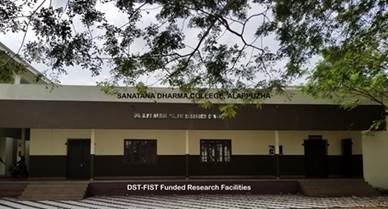
Fig. 2: APJ Abdul Kalam Interdisciplinary Research Center in S.D College, Alappuzha for the DST-FIST instrumentation facility
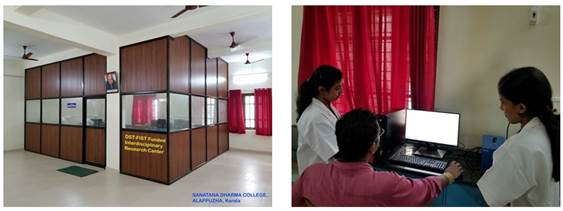
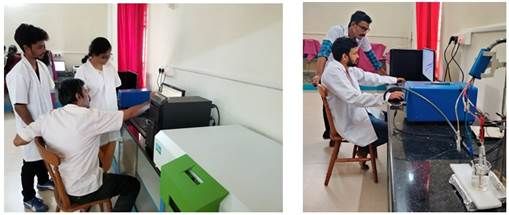
Fig. 3: Instrumentation facilities in S.D College, Alappuzha, funded by the DST, Govt. of India through the FIST programme













